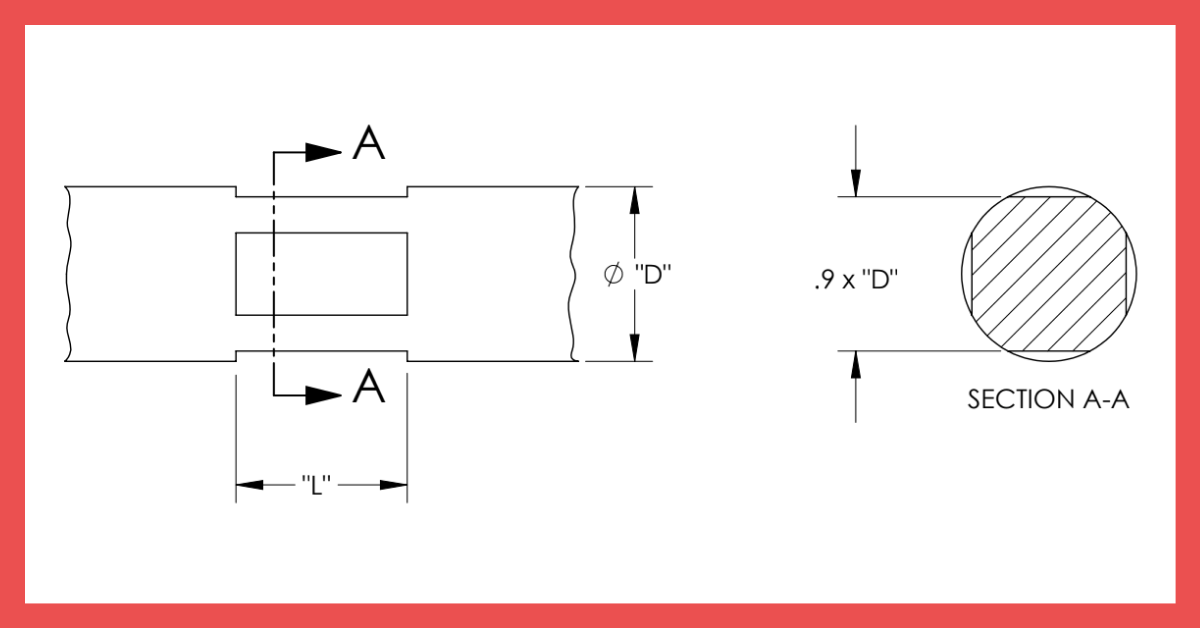There’s the old adage of fitting a square peg into a round hole to describe something that doesn’t quite fit in a particular place. But Bead’s engineers have established that sometimes, a square pin can be the perfect solution for ensuring durable and lasting connectivity when placed into a hole.
Keep reading for a quick Q&A with the engineers at Bead.
 |
| This is an example of an inscribed square, a feature that is used predominantly for insert molding. Plastic flows around the square, the shape of which prevents the pin from rotating while the square below the diameter prevents the pin from pulling out of the plastic. |
When Does a Pin Require a Feature?
Square pins can be used with a feature or without a feature. A square pin—due to the cross-section of the pin body—provides 4 points of contact both with a feature and without.
Round pins always require a feature. This is due to the +/-.002” tolerances that are standard on the hole size. Because an interference fit is used to hold the pin in the hole, a round pin without a feature that fit the largest (+.002”) hole correctly would be much too tight in the smallest hole (-.002”).
What Different Feature Types Are Used In Connector Pins?
There are a number of features used on square pins to keep them in place:
Star |
Knurl |
Flats |
Ears |
Serrations |
Collars |
Bends, offsets (bends less than 90°) |
Why Are Certain Feature Types More Effective Than Others?
Deciding what feature works best for your needs will depend on the application.
- For holding in a hole: Stars and knurls.
- To act as a stop: Ears and collars.
- For insert mold retention: All features will work well.
- For a connection not in-line: Bends and Offsets.
What Considerations Are Made When Fitting a Pin to a Hole or Project?
Hole tolerance, feature tolerance What Features are Most Common and Why? Star features are the most common.
They provide 4 points of contact in the hole, as opposed to the entire round pin body having contact if it does not have a feature.
They can also be made to pretty much any size- up to approximately .010” over body diameter.
The star “ears” are fairly thin, and to some degree compressible, so they will “crush” as they enter the hole.
This reduces any damage that can occur to the hole, especially on plated through holes. The star provides a space between the pin and the hole for additional solder.






